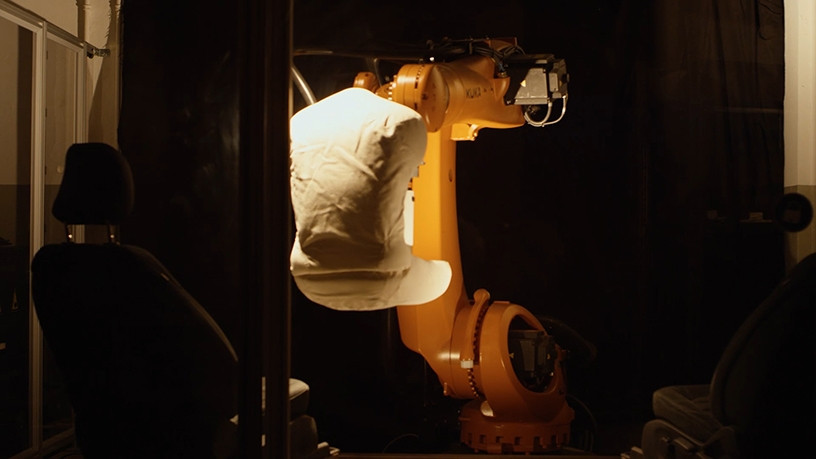
Car manufacturer Ford has created a robot, called the Robutt, which mimics the human bottom and its cheeks to test the durability and comfort of the car seats in the latest rendition of the Ford Fiesta.
Traditionally, the company used people to test the seats, but they would have to get in and out the car over and over to test how the seat responds to use over a period of time.
Ford then moved to using rudimental weighted objects that simply moved up and down.
The newly created 'Robutt' is based on the human posterior of an average-sized large man. It was taught to move like a human bottom and perfectly simulate how drivers and passengers get in and out of their car seats.
The contraption is capable of simulating 10 years of driving in three weeks by sitting down in the car and getting out 25 000 times.
The Robutt is being used to test the seats of the new Ford Fiesta.
It also allows Ford to create more accurate pressure maps to establish a 'perch pattern' which it can use to make the seat as supportive and comfortable as possible, as well as to test the wear and tear of materials.
"From the first moment we get into a car, the seat creates an impression of comfort and quality," says Svenja Froehlich, a durability engineer at Ford's European HQ, in Cologne, Germany.
"Previously, we used pneumatic cylinders that simply moved up and down. With the 'Robutt', we are now able to replicate very accurately how people really behave."
Share